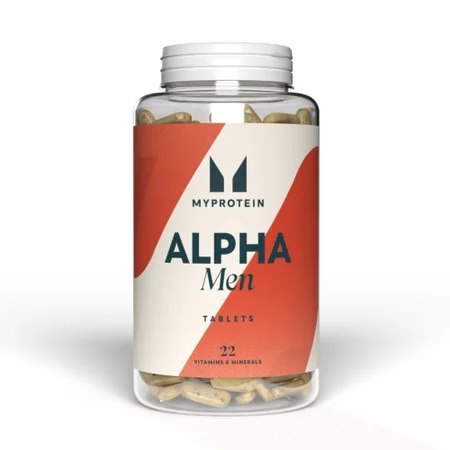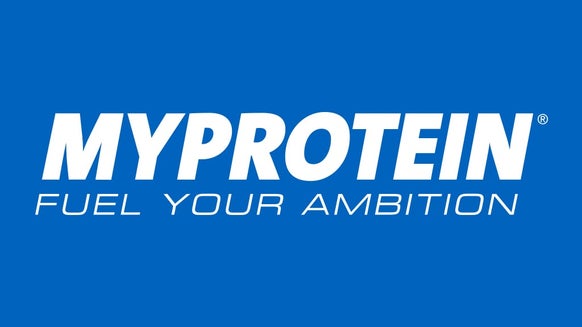1. Chung, S.K., and Kwon, Y.U. (1999). Practical synthesis of all inositol stereoisomers from myo-inositol. Med. Chem. Lett., 9(15), 2135–2140.
2. Schlemmer, W. Frølich, R.M. Prieto, F. Grases. (2009). Phytate in foods and significance for humans: food sources, intake, processing, bioavailability, protective role and analysis, Mol. Nutr. Food Res. 53 (Suppl. 2): S330e S375.
3. S. Clements, B. Darnell. (1980). Myo-Inositol content of common foods: develop- ment of a high-myo-inositol diet. Am. J. Clin. Nutr. 33: 1954e1967
4. Gill DL, Ghosh TK, Mullaney JM. (1989). Calcium signalling mechanisms in endoplasmic reticulum activated by inositol 1,4,5 triphosphate and GTP. Cell Calcium;10(5):363-374
5. Parthasarathy L, Vadnal R, Parthasarathy R, et al. (1994). Biochemical and molecular properties of lithium-sensitive myo-inositol monophosphatase. Life Sci ;54:11271142.
6. Bloomgarden ZT, Futterweit W, Poretsky L. (2001). Use of insulin-sensitizing agents in patients with polycys- tic ovary syndrome. Endocr Pract; 7: 279- 286.
7. Barkai A, Dunner D, Gross H, et al. (1978). Reduced myo-inositol levels in cerebrospinal fluid from patients with affective disorder. Biol Psychiatry;13:65-72.
8. Levine J, Rapaport A, Lev L, et al. (1993). Inositol treatment raises CSF inositol levels. Brain Research;627:168-169.
9. Levine J, Barak Y, Gonzalves M, et al. (1995). Double-blind, controlled trial of inositol treatment of depression. Am J Psychiatry. 152(2):792-794.
10. Levine J, Barak Y, Kofman O, et al. (1995). Follow-up and relapse of an inositol study of depression. Isr J Psychiatry Relat Sci. 32(1):14-21.
11. Barak Y, Levine J, Glasman A, et al. (1996). Inositol treatment of Alzheimer’s disease: a double blind, cross-over placebo controlled trial. Prog Neuropsychopharmacol Biol Psychiatry;20:729-735.
12. Young SN. (2007). How to increase serotonin in the human brain without drugs. Rev. Psychiatry. Neurosci. 32 (6): 394–99.
13. Fux, M., Levine, J., Aviv, A. and Belmaker, R.H. (1996). Inositol treatment of obsessive-compulsive disorder. American Journal of Psychiatry, 153(9), pp.1219-1221.
14. Tarnow P, Cassuto J, Jonsson A, et al. (1998). Postoperative analgesia by D-myo-inositol-1,2,6 triphosphate in patients undergoing cholecystectomy. Anesth Analg. 86:107-110.
15. Raffa R, Connelly C, Martinez R. (1992). Opioid efficacy is linked to the LiCl-sensitive inositol 1,4,5-triphosphate-restorable pathway. Eur J Pharmacol;21:221-223.
16. Corrado, R. D’Anna, G. Di Vieste, D. Giordano, B. Pintaudi, A. Santamaria, A. Di Benedetto. (2011). The effect of myoinositol supplementation on insulin resistance in patients with gestational diabetes, Diabet. Med. 28(8):972-975.
17. Maeba, R., Hara, H., Ishikawa, H., Hayashi, S., Yoshimura, N., Kusano, J., Takeoka, Y., Yasuda, D., Okazaki, T., Kinoshita, M., and Teramoto, T. (2008). Myo-inositol treatment increases serum plasmalogens and decreases small dense LDL, particularly in hyperlipidemic subjects with metabolic syndrome. Nutr. Sci. Vitaminol. 54(3): 196-202
18. Inositol Material Safety Data Sheet MSDS Number 12480 (1996).
19. Lam, A. McWilliams, J. LeRiche, C. MacAulay, L. Wattenberg, E. Szabo. (2006). A phase I study of myo-inositol for lung cancer chemoprevention. Cancer Epidemiol. Biomarkers Prev. 15(8);1526-1531.
20. Carlomagno, V. Unfer. (2011). Inositol safety: clinical evidences. Eur. Rev. Med. Pharmacol. Sci. 15 931-936.
21. Levine J, Ring A, Barak Y, et al. (1995). Inositol may worsen attention deficit disorder with hyperactivity. Hum Psychpharmacol;10:481-484.
22. Phaneuf S, Europe-Finner G, Carrasco M, et al. (1995). Oxytocin signalling in human myometrium. Adv Exp Med Biol;395:453-467.
23. Chien E, Saunders T, Phillippe M. (1996). The mechanisms underlying Bay K 8644-stimulated phasic myometrial contractions. J Soc Gynecol Investig;3:106-112.










